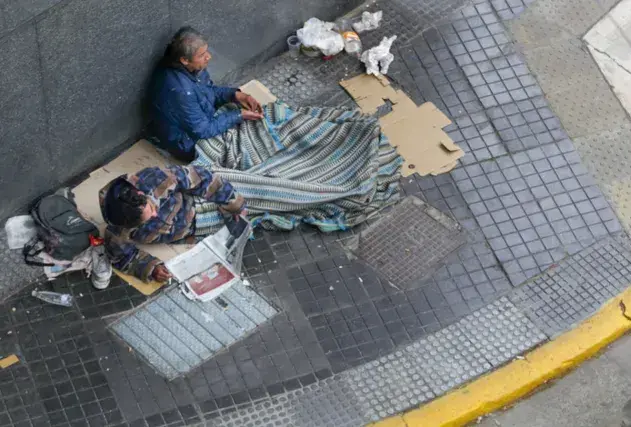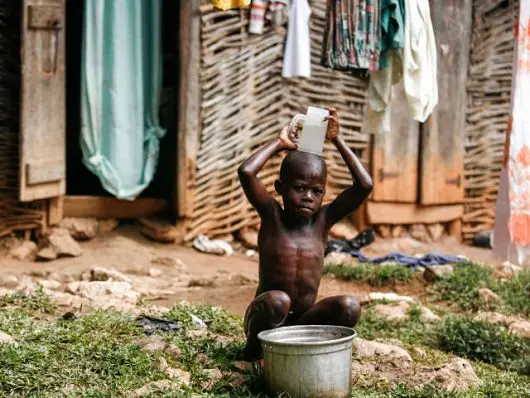Extreme poverty
Extreme poverty is a type of poverty that is known as the condition in which a family or individual finds themselves that presents a series of deficiencies that prevent them from participating in the set of social activities of the community.
Extreme poverty is the worst type of poverty possible. According to the United Nations (UN), this type of poverty is the most serious state of poverty. The term is used to designate a person who cannot satisfy their most basic needs. In this sense, needs that consist of food, drinking water, sleeping in a house, as well as having access to education and health. This type of poverty, along with child poverty, is the poverty most combated by international organizations.
How is extreme poverty calculated?
Extreme poverty establishes a threshold by which, if the person is above or below said threshold, it designates who is in a situation of poverty and who is not.
In this sense, the threshold established by international organizations to classify this type of poverty is $1.90 per day. If a person is below that daily income, the person is considered to be in a situation of extreme poverty. We are talking about an international standard, so it is the same for all countries.
Causes of extreme poverty
Among the main causes that can cause high levels of this type of poverty, the following should be highlighted:
- Constant natural disasters.
- Diseases or pandemics with high levels of mortality.
- Armed conflicts.
- Climate change.
- Government corruption.
- Food insufficiency.
- Thus, these causes could give rise to high levels of extreme poverty.
Consequences of extreme poverty
Among the consequences that can cause high levels of extreme poverty in a territory, the following are worth highlighting:
- High levels of mortality.
- High levels of social exclusion.
- Severe illiteracy.
- Famine.
- Malnutrition.
- Diseases.
- Social discrimination.
- Very bad living conditions.
Thus, we could conclude with these consequences as part of the consequences produced by this type of poverty.
How to combat extreme poverty?
A few years ago, the United Nations developed, among the sustainable development goals (SDGs) proposed by the organization, the Zero Poverty objective. Thus, the UN proposes, among other initiatives, the 1% rule.
This rule proposes to provide poor countries with 1% of all income generated in rich countries. Through this tool, the UN proposes that in less than 20 years poverty would end throughout the world.
This plan, among others, has been developed by organizations to end this type of poverty in the world. This poverty is the same that generates high levels of mortality in underdeveloped countries, or causes such basic rights as freedom to be breached in said countries. Therefore, the development of plans to end certain levels of poverty is key to promoting sustainable development.

 IHRO NEWS
IHRO NEWS
